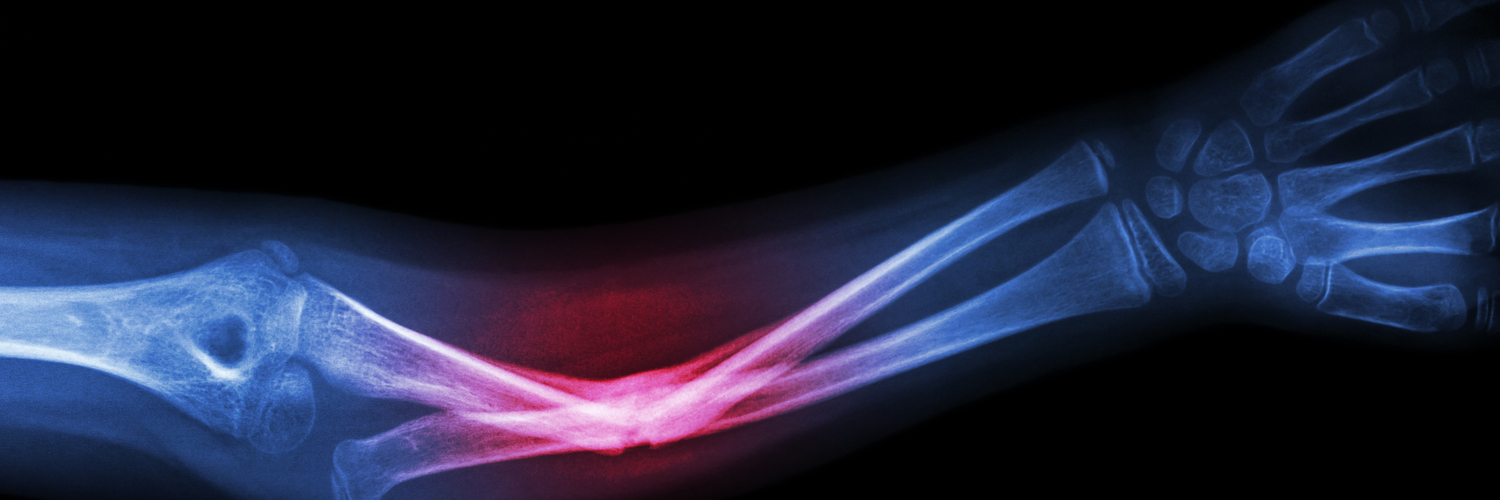
Researchers at Texas A&M University have recently created superior bone grafts using primitive stem cells. These grafts could be used for complicated fractures that do not heal with a firm cast and may promote precise and swift bone healing so that patients with these type fractures maximally benefit from the surgical intervention.
The team found that these cells help create the fertile scaffolds that are needed for the bone to regenerate at the repair site. There are a variety of problems that can occur with orthopedic implants such as pain and inflammation. They can also loosen which requires surgical revisions that are many times more complicated than the original surgery. By speeding up the healing process of the bone, the bone graft materials can potentially reduce the number of these surgical revisions.
Every year about 600,000 people living in the United States experience incomplete or delayed bone healing. For some of these situations physicians will turn to surgical procedures that will involve transplanting bone tissue at the repair site. These bone grafts have typically come from two sources – either the patient’s own bone from another location on their body called autografts, or from highly processed human cadaver bones.
Unfortunately, both of these types of bone grafts have their share of drawbacks. Autografts for example require additional surgery for extraction of bone tissue which increases the recovery time for patients and sometimes chronic pain. However, grafts derived from cadaver bone preclude the need for two surgeries but these type implants tend to be devoid of many of the biomolecules which will promote bone repair.
Grafts obtained from cadaver bone have some of the physical properties of bone and even a bit of the biological essence, however they are very depleted in terms of their functionality. What the team wanted to accomplish was to engineer a bone graft where they could experimentally crank up the gears and make it more biologically active.
Earlier studies have shown that stem cells and particularly a type called mesenchymal stem cells, can be used to produce bone grafts that are biologically active. These stem cells convert to bone cells that will produce the materials needed to make a scaffolding or the extracellular matrix which bones need for growth and survival.
These cells are typically extracted from the marrow of an adult bone and are therefore older. The age of these cells affects their ability to divide and produce more of the precious extracellular matrix. In order to circumvent this problem, the team turned to the cellular ancestors of the mesenchymal stem cells which are known as pluripotent stem cells.
Unlike adult mesenchymal cells which have short lifetimes, these primitive cells can keep proliferating. This creates an unlimited supply of mesenchymal stem cells that are needed to make the extracellular matrix for the bone grafts. The pluripotent cells can be made by genetically reprogramming donated adult cells.
When the team induced the pluripotent stem cells to make brand new mesenchymal stem cells, they were able to generate an extracellular matrix that was far more biologically active compared to that generated by mesenchymal cells that had been obtained from adult bone.
To test the efficacy of the scaffolding materials as a bone graft, the team then carefully extracted and purified the enriched extracellular matrix. They then implanted it at a site of bone defects. When they examined the status of the bone repair in just a few weeks, they discovered that their pluripotent stem cell derived matrix was five to six times more effective than the best FDA approved graft stimulator.
Bone repairs that use the gold standard of grafts like those administered with the powerful bone growth stimulator known as bone morphogenic protein-2 can take approximately 8 weeks, but the team was getting complete healing in four weeks. Under these conditions their material surpassed the efficacy of bone morphogenic protein-2 by a long shot. This indicated that it is a huge improvement of current bone repair technologies.
The team also found that from a clinical standpoint, the grafts could be incorporated into numerous engineered implants such as metal screws or 3-D printed implants so that these parts integrate much better with the surrounding bone. The bone grafts would also be easier to produce which makes them more advantageous from a manufacturing standpoint.
The material is very promising in that these pluripotent stem cells can ideally generate many batches of the extracellular matrix from just a single donor. This will greatly simplify the large scale manufacturing of the bone grafts.
To view the original scientific study click below





